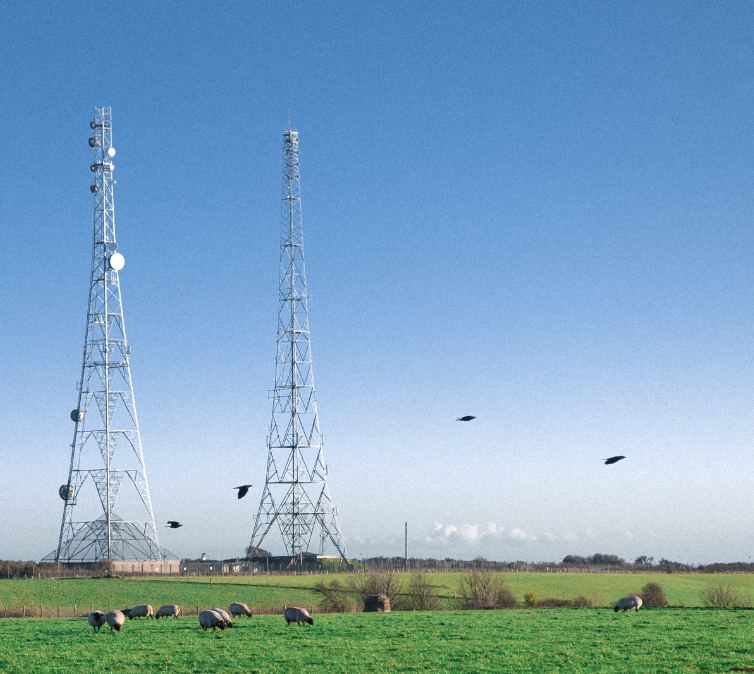
You might hear satellite and think space-age, but satellite is used for all kinds of things – One of which is broadband.
So firstly, what is satellite broadband?
It’s actually pretty self-explanatory. Satellite broadband is a broadband connection via a satellite.
Instead of plugging in a router, you require a satellite dish and a transmitter attached to your home. These connect to a satellite that orbits the earth in sync with the earth’s rotation – In other words, it always stays above the same place. The satellite can then transfer data to and from your dish, and then to and from the provider’s central hub on earth, which connects to the internet at ground level.
This type of satellite technology is what we use for satellite TV, GPS and forecasting the weather.
If you’ve not heard much about satellite broadband before, that’s because it isn’t very widespread at the moment. However it does provide a great solution to some particular internet issues.
Some places are just difficult to reach by cables mobile masts. Places like rural areas, mountains, islands, forests and jungles. Hard to imagine digging up some of these places to lay cables or erect a mobile mast. You’re just not going to get a traditional connection to these places.
For satellite broadband to connect, all you need is a satellite dish with a clear line of sight to the south sky, and thus can connect from almost anywhere! Ever used Wi-Fi on a boat or a plane? Chances are you were using a satellite broadband connection.
Satellite broadband on a consumer level is still in the early days but it is certainly looking at a big future. There are currently more satellites being made to enable broadband capability to almost anywhere in the world.
What are the pros for satellite broadband in rural areas?
- It’s ideal for rural areas as it enables a broadband connection for places in the middle of nowhere, where cables really struggle to reach. Rural locations where fixed line broadband is extremely slow or non-existent could hugely benefit from satellite broadband.
- You might be thinking a broadband connection is great, but what about the speed? Well, speeds are already comparable to standard ADSL broadband. In a few years time it’s expected that speeds will be closer to fibre optic broadband.
- Due to the fact that all you need is a satellite dish, it is widely available.
- In today’s mobile age, not everyone needs or wants a landline, but you often end up having to get one just to get an internet connection. Not with satellite broadband – It’s landline free!
Are there any downfalls of satellite broadband for rural areas?
Of course, there are a couple of downfalls. Lag, or latency, tends to be quite high due to the fact that the signal is travelling 22,200 miles into space and back. This means that if you were trying to play online gaming you might struggle. It can also be more expensive than the standard fixed line broadband, as well as restrictive on download limits. If you’ve got satellite TV, then you’ll already know how the weather can interfere with the signal sometimes, so during a storm you might find that your connection falters. While speeds are comparable to ADSL, they won’t be as fast as what you are used to elsewhere. As it’s still in it’s early days, there aren’t a huge number of providers so there’s not a great deal of choice when it comes to prices and packages.
All of that said, if you’re living in a remote, rural location and currently have little to no broadband, even the downfalls of satellite broadband are an improvement on your current situation.
If you live or work somewhere rural where it’s just not possible to lay cables or receive signal from a mast, then satellite broadband might just be to your rescue
